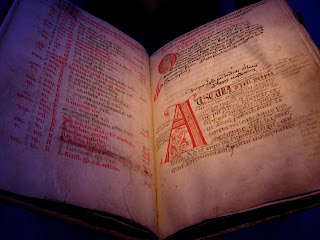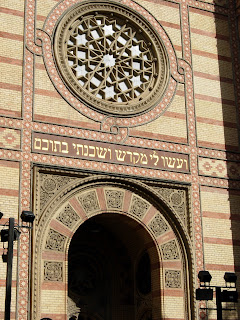


The Jewish Museum of Prague was begun in the early 20th century to display the treasures of a growing and proud Czech Jewish community - whose members had flourished in arts, sciences, politics, and business. As part of the Enlightenment, Habsburg Emperor Josef II (son of Marie Theresa) in the late 18th century had granted them freedoms which they enjoyed for over one hundred years.
After Neville Chamberlain surrendered the Sudetenland to Hitler to gain "peace for our time," the Nazis invaded Czechoslovakia. Normal life for the Czechs came to an abrupt end. Jewish families were targeted for extermination by Hitler as he carried out his "war against the Jews" (Lucy Davidowicz). Ironically, Hitler continued the collection of Jewish treasures from Czechoslovakia for display in what he intended would be a museum of the artifacts of a dead and lost community.
Fortunately, Walter Lewit's parents, Julius and Camilla Abeles Lewit, left Prague and Bohemia in the 1880's to seek a better life in America. On the walls of the Pinchas Synagogue, which dates back to 1535, are inscribed 80,000 names of Bohemian and Moravian Jews killed during the Holocaust leaving nothing behind but their names.
Adolf Lewit, 7/12/1870 - 9/3/1942
Olga Lewit 5/27/1875 - 12/15/1945
Ota Lewit 11/27/1877 - unknown
Berta Lewit 3/8/1881 - 9/1/1942
Pavel Lewit 1/19/1886 - 1/9/1942
Viktor Lewit 7/16/1895 - unknown
Klara Lewit 10/24/1895 - unknown
Hana Lewit 9/6/1920 - unknown
Jiri Lewit 4/17/1925 - 6/13/1942
Ivona Lewit 1/22/1911 - 4/25/1944
Marie Lewit 12/30/1868 - 10/15/1942
May their memory be a blessing.
PHOTOS
1. Spanish Synagogue, 1868
2. Old/New Synagogue, built in the 13th century. Revived and in use today.
3. Jewish Cemetery, c. 1430 - 1787. 12,000 tombstones.

















































